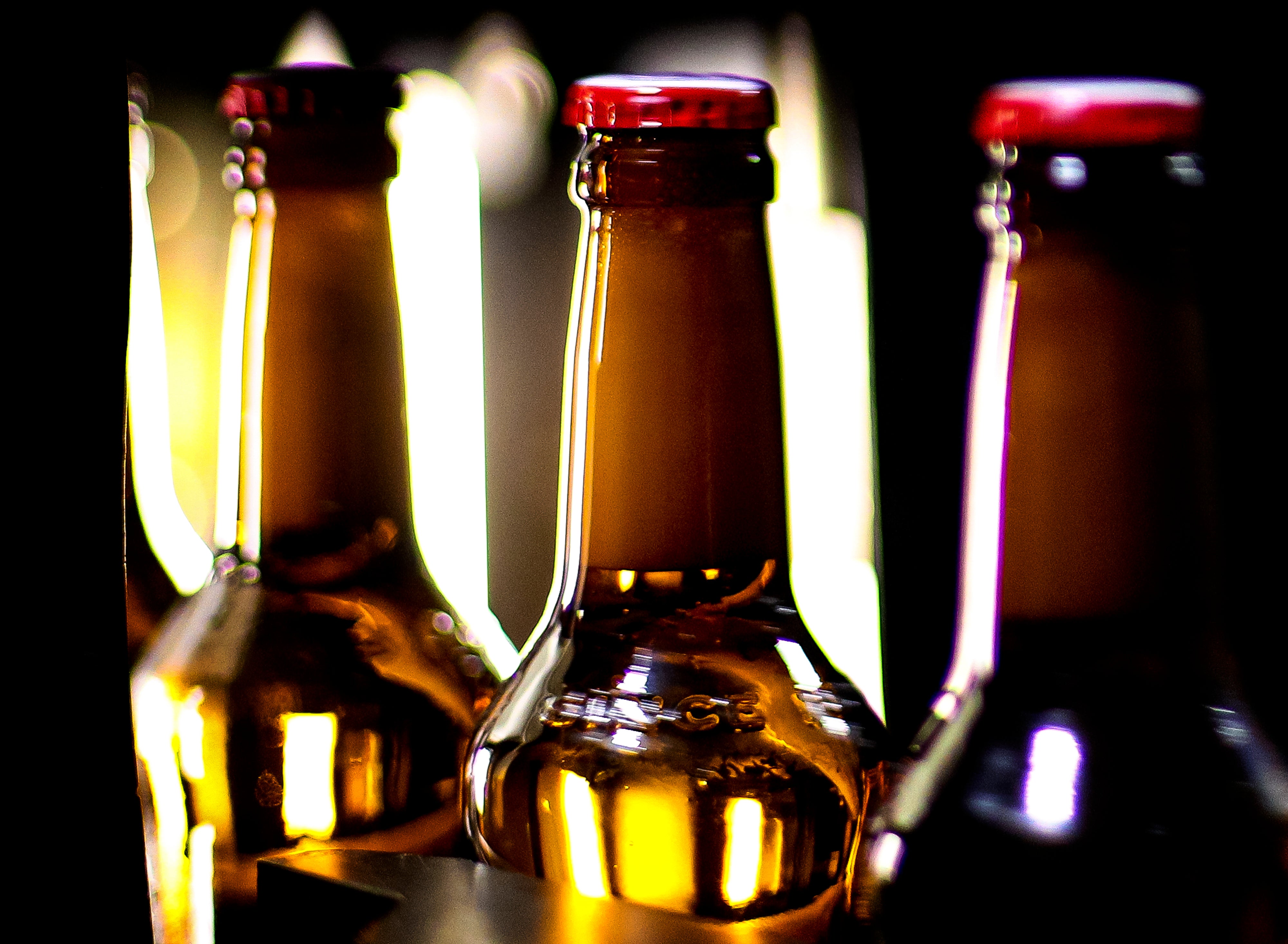Alcohol, tobacco and junk food in reality shows is ‘bad influence’ on young people
In a sample of 20 reality TV shows broadcast in 2019 and 2020, 46 per cent of episodes featured alcohol branding

The "significant exposure" of alcohol, tobacco and junk food in reality TV shows is a bad influence on the young people who watch them, new research has claimed.
A study, published in the Journal of Public Health, found that the promotion of unhealthy lifestyles on shows like Made in Chelsea and Geordie Shore remains widespread despite regulatory controls.
In a sample of 20 reality TV shows broadcast in 2019 and 2020, 46 per cent of episodes featured alcohol branding, with Peroni appearing on 101 occasions - but 149 different brands were included in total.
Junk food, high in sugar and fat, appeared in 39 per cent of episodes, with Coca-Cola (87 times) the most featured of 93 different brands.
Although tobacco branding was rare, researchers found that it did appear 227 times across 43 episodes, as well as tobacco paraphernalia such as ash trays.
“The current study provides evidence that reality TV programmes are a significant source of exposure to tobacco, alcohol, and junk food imagery,” said the paper’s lead author, Alexander Barker.
“These programmes are widely viewed and seen by young people and the nature of reality TV, with its inspirational role models, is likely influencing smoking, drinking, and food consumption choices in young people.
"The current regulations around the depiction of this imagery in popular programmes are not sufficient and need revising to prevent youth exposure.”
Although the vast majority of the reality shows included in the study are not aimed specifically at children, the study found that the genre particularly appeals to young people as a form of "aspirational realism".
Researchers also found significantly more tobacco and junk food content on broadcast TV than on Netflix, although there was no significant difference in alcohol content.
There was, however, significantly more alcohol and junk food content in programmes made in the UK compared to reality TV in the United States and Australia.



Join our commenting forum
Join thought-provoking conversations, follow other Independent readers and see their replies
Comments